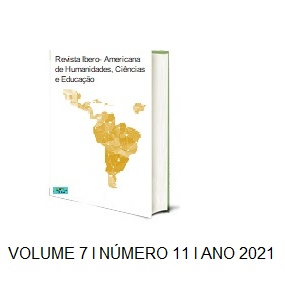NANOTECNOLOGIA APLICADA ÀS ESTRUTURAS METÁLICAS
ESTUDANDO O NANOGRAFENO COMO MAJORADOR DE RESISTÊNCIA ESTRUTURAL
DOI:
https://doi.org/10.51891/rease.v7i11.3127Keywords:
Steel. Graphene. Construction. Nanotechnology. Epoxy.Abstract
Through the years, steel structures have grown popular within the construction industry. In Brazil, reinforced concrete is still the standard building technique despite the country being one of the largest steel producers in the world. Considering the current development of nanotechnological research and the pursuit for improving the use of steel structures by the construction industry, this study demonstrates how mixing graphene oxide into anticorrosive paint applied on steel can guarantee high performance when maintaining large steel structures. Thus, incorporating the use of the graphene in construction could prevent corrosion and serve as a building alternative that is more environmentally friendly. Further, specialists view graphene as a highly suitable material to bring businesses and the research industry together due to its great market potential and profitability. Graphene is obtained by the exfoliation process, and is utilized on anticorrosive coating studies through its activation in the epoxy system consisting of two components. The A component is based on Bisphenol A, while component B is a hardening catalyst of the epoxy paint (component A). The main goal of this research is to evaluate the nanographene’s applicability as a maximizing agent of anticorrosive protection, when used as a complementary additive in paint and epoxy resins that are currently applied on steel to prevent corrosion. To evaluate the effectiveness of the studied coating, researches were carried out by authors who performed corrosion tests: Salt Spray test, which makes use of the saline mist chamber by means of air pressurization and the total immersion test, which basically consists of in fully submerging the specimens in chambers with water and controlled temperature.
Downloads
Downloads
Published
How to Cite
Issue
Section
Categories
License
Atribuição CC BY

